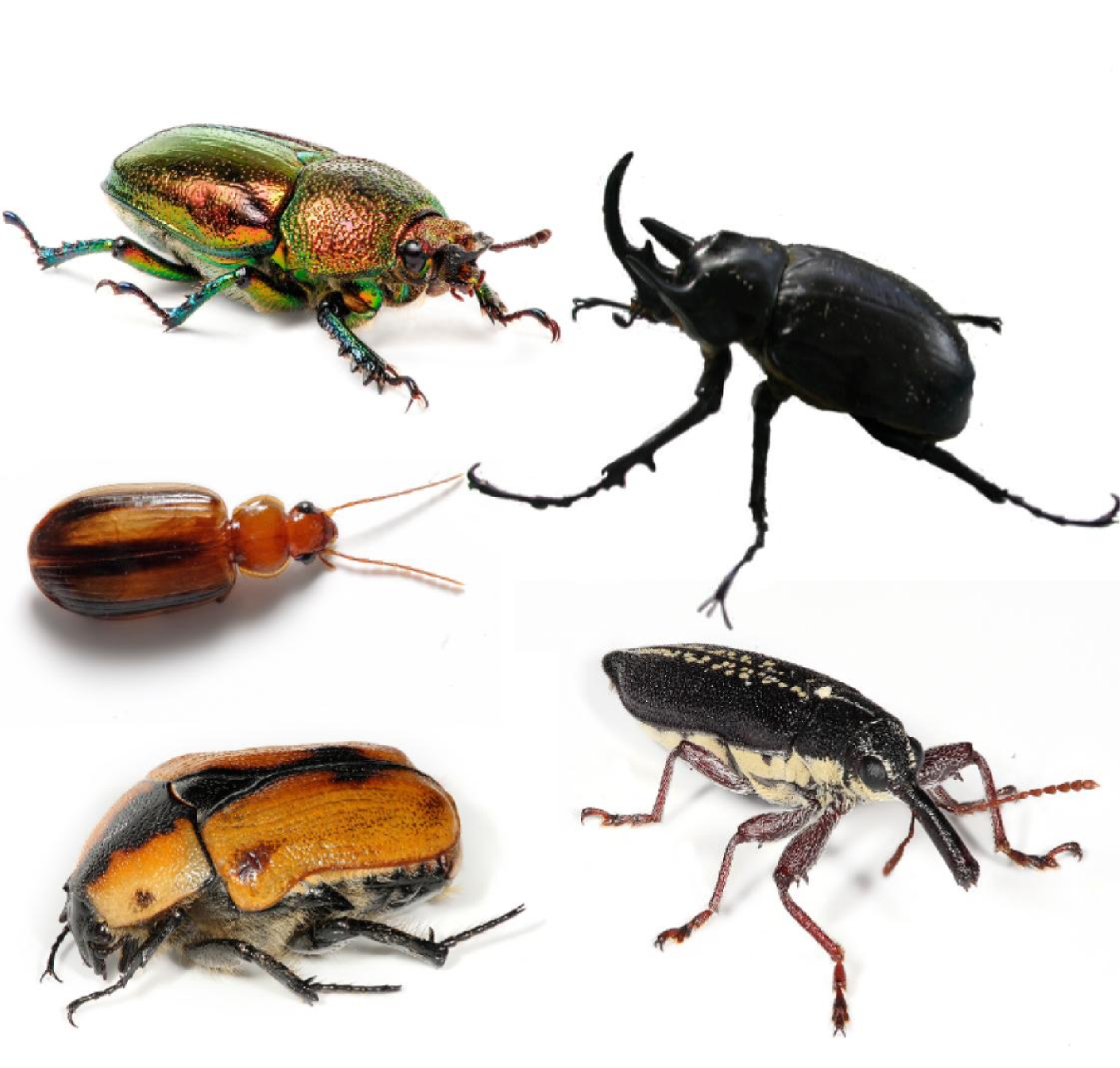|
Menneus Capensis
''Menneus capensis'', also known as Cape camel-back spider, is a species of net-casting spider in the family Deinopidae. It is endemic to the Western Cape The Western Cape ( ; , ) is a provinces of South Africa, province of South Africa, situated on the south-western coast of the country. It is the List of South African provinces by area, fourth largest of the nine provinces with an area of , an ... in South Africa. References External links * Deinopidae Spiders of South Africa Spiders described in 1904 {{Araneomorphae-stub ... [...More Info...] [...Related Items...] OR: [Wikipedia] [Google] [Baidu] |
William Frederick Purcell
William Frederick Purcell (18 September 1866 - 3 October 1919) was an English-born South African arachnologist and zoologist. He is regarded as being the founder of modern Arachnology, araneology in South Africa. Early life and education Purcell was born in London, England to Dr Walter P.J. Purcell of Waterford, Ireland, and his wife Sophia W.J. Hertzog of Cape Town. In 1868 the family moved to Cape Colony and settled in Cape Town. He spent most of his childhood on the farm Bergvliet, which was owned by his uncle W.F. Hertzog. From 1881, Purcell studied at South African College, Cape Town, matriculated through the University of the Cape of Good Hope (UCGH) in 1884 and received a BA (with Honours) in mathematics and natural science in 1887 from UCGH. In 1885 and 1887 he provided the Iziko South African Museum, South African Museum with samples of ''Beetle, coleoptera'' obtained at Bergvliet and Prieska. Purcell continued his education in Germany with a focus on the internal s ... [...More Info...] [...Related Items...] OR: [Wikipedia] [Google] [Baidu] |
Deinopidae
Deinopidae, also known as net casting spiders, is a family of cribellate spiders first described by Carl Ludwig Koch in 1850. It consists of stick-like elongated spiders that catch prey by stretching a web across their front legs before propelling themselves forward. These unusual webs will stretch two or three times their relaxed size, entangling any prey that touch them. The posterior median eyes have excellent night vision, allowing them to cast nets accurately in low-light conditions. These eyes are larger than the others, and sometimes makes these spiders appear to only have two eyes. Ogre-faced spiders ('' Deinopis'') are the best known genus in this family. The name refers to the perceived physical similarity to the mythological creature of the same name. This family also includes the humped-back spiders ('' Menneus''). They are distributed through tropics worldwide from Australia to Africa and the Americas. In Florida, ''Deinopis'' often hangs upside down from a silk line ... [...More Info...] [...Related Items...] OR: [Wikipedia] [Google] [Baidu] |
Western Cape
The Western Cape ( ; , ) is a provinces of South Africa, province of South Africa, situated on the south-western coast of the country. It is the List of South African provinces by area, fourth largest of the nine provinces with an area of , and List of South African provinces by population, the third most populous, with an estimated 7 million inhabitants in 2020. About two-thirds of these inhabitants live in the metropolitan area of Cape Town, which is also the provincial capital. The Western Cape was created in 1994 from part of the former Cape Province. The two largest cities are Cape Town and George, Western Cape, George. Geography The Western Cape is roughly L-shaped, extending north and east from the Cape of Good Hope, in the southwestern corner of South Africa. It stretches about northwards along the Atlantic coast and about eastwards along the South African south coast (Southern Indian Ocean). It is bordered on the north by the Northern Cape and on the east by ... [...More Info...] [...Related Items...] OR: [Wikipedia] [Google] [Baidu] |
Spiders Of South Africa
Spiders (order (biology), order Araneae) are air-breathing arthropods that have eight limbs, chelicerae with fangs generally able to inject venom, and spinnerets that extrude spider silk, silk. They are the largest order of arachnids and rank seventh in total species diversity among all Order (biology), orders of organisms. Spiders are found worldwide on every continent except Antarctica, and have become established in nearly every land habitat. , 53,034 spider species in 136 Family (biology), families have been recorded by Taxonomy (biology), taxonomists. However, there has been debate among scientists about how families should be classified, with over 20 different classifications proposed since 1900. Anatomy, Anatomically, spiders (as with all arachnids) differ from other arthropods in that the usual body segmentation (biology), segments are fused into two Tagma (biology), tagmata, the cephalothorax or prosoma, and the opisthosoma, or abdomen, and joined by a small, cylindr ... [...More Info...] [...Related Items...] OR: [Wikipedia] [Google] [Baidu] |

